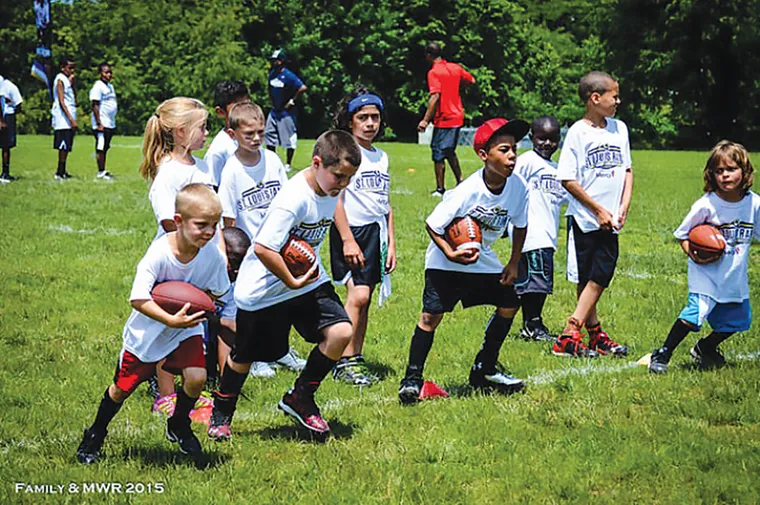Proper planning keeps youth athletes safe in high temps
One of my most memorable sports experiences was during the summer when I finally decided to try out for tackle football. I had played for years with friends on the school fields in our neighborhood, but never on a team with pads and helmets. Every August, our games would stop because my friends had to start practice for the fall season. But for me—given my dad and two older brothers were avid wrestlers—it was time to get ready for wrestling.
It didn’t bother me much. Baseball was my true passion. I only wrestled to pass the time until baseball season. And wrestling was probably the best way to stay in shape. But one thing I learned quickly in wrestling is that, if my heart wasn’t in it, I wouldn’t enjoy getting pinned all the time! Going into my junior year of high school, I gave up on wrestling and followed my friends to football tryouts.

